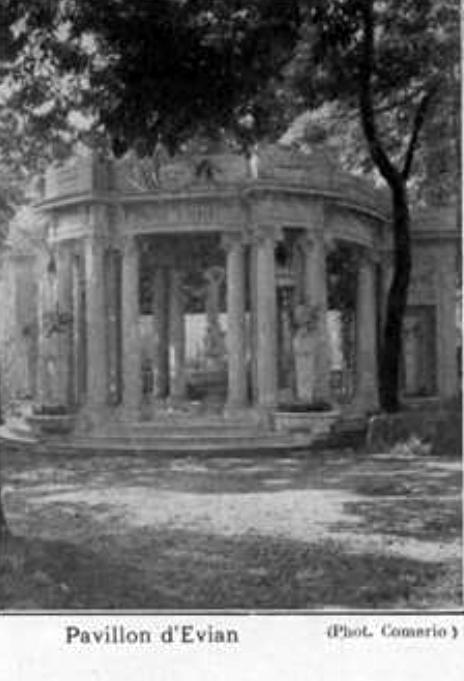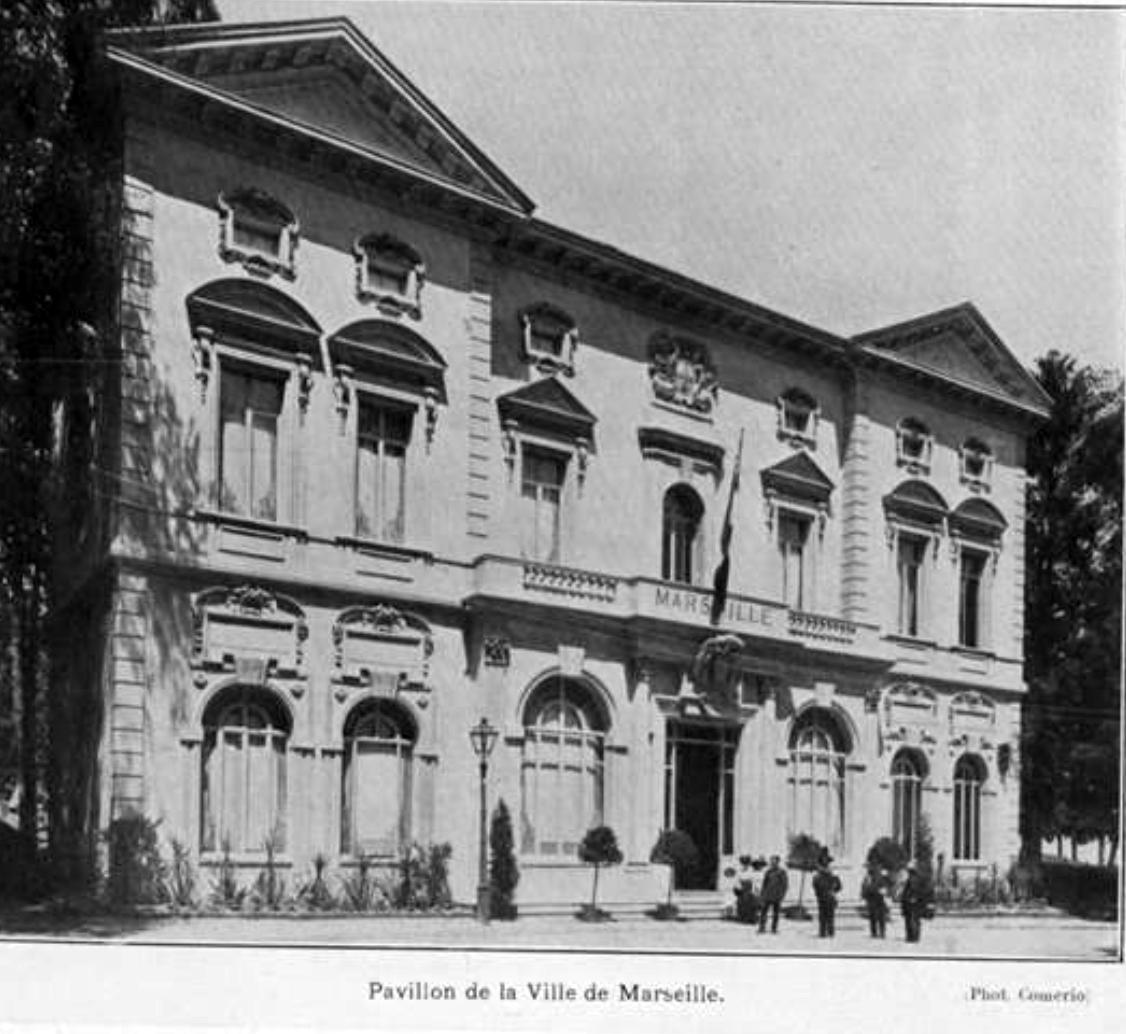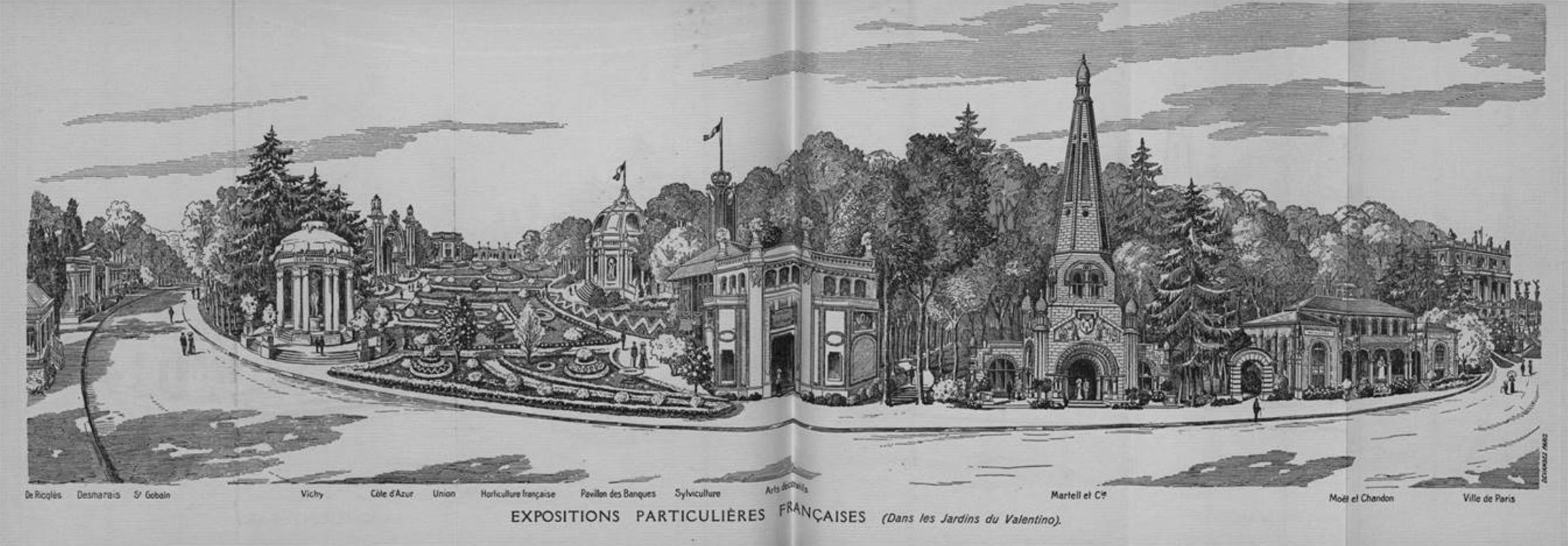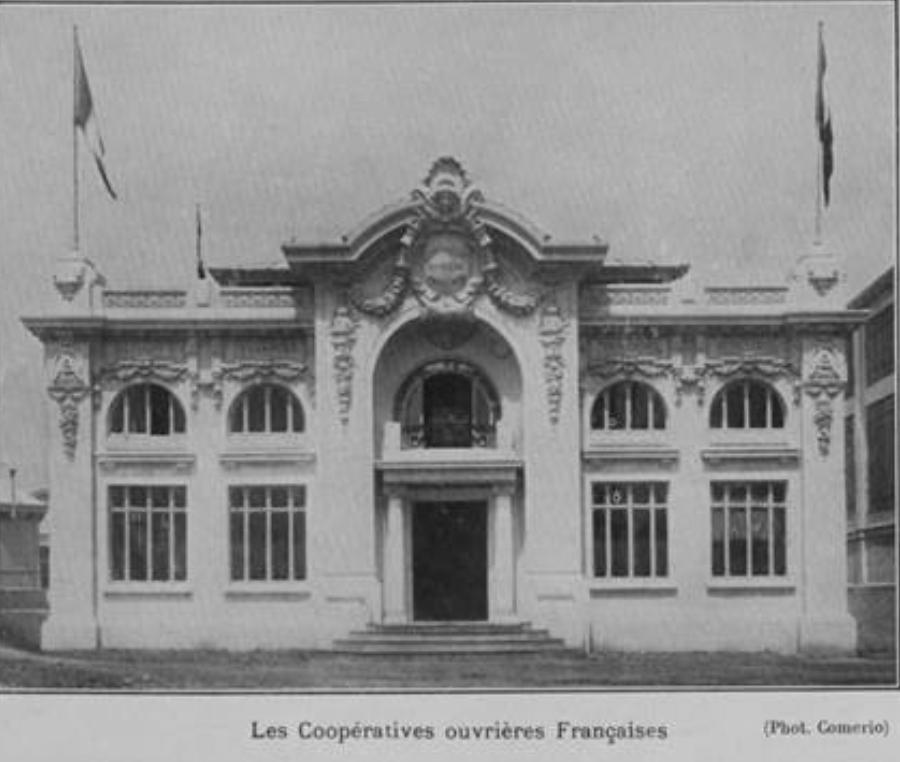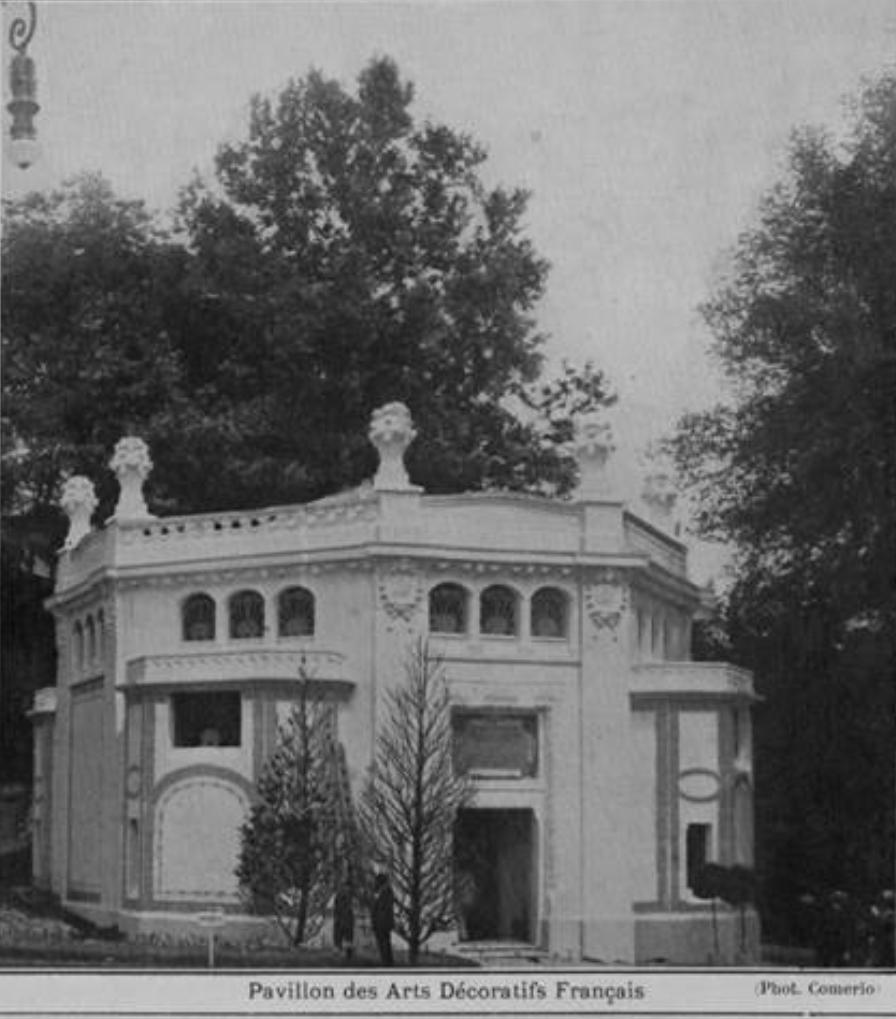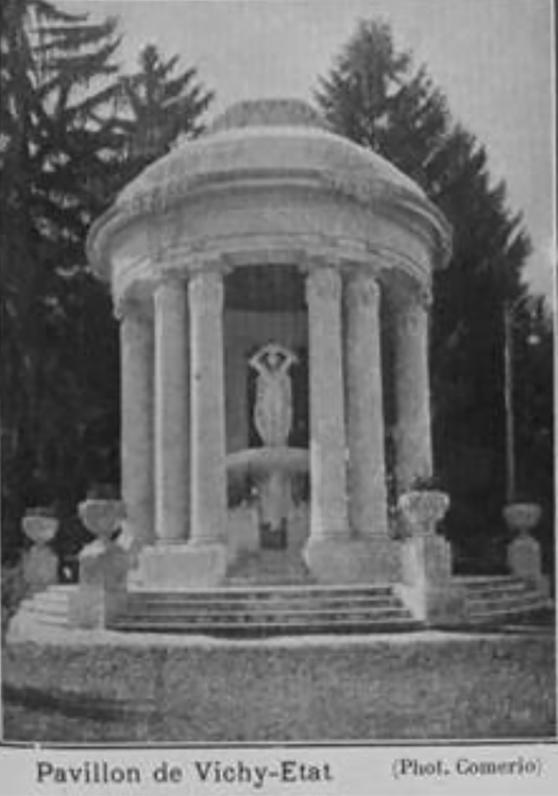Comerio, Luca Fortunato
Name
Comerio, Luca Fortunato
Gender
Male
Birth
November 19, 1978 Milan
Death
July 5, 1940 Mombello
Descriptive Note
After finishing elementary school, Luca Comerio began working in his father's café where he met the Milanese photographer-painter B. Croci and in 1890 he began apprenticing in his studio. In 1898, he made a reportage on the uprisings that took place in Milan between 6 and 10 May of that year and the bloody repression by General Bava Beccaris. The Milanese magazine of Emilio Treves, Illustrazione italiana published it on 19-22 May 1898. With a Lumière camera he make his first film shorts with the actor Leopoldo Fregoli: Una burla di Fregoli, Fregoli alcaffè, Fregoli al ristorante, Fregoli dietrole quinte, Fregoli illusionista, Il sogno diFregoli, Un viaggio di Fregoli.
In 1907 he won the Hernemann competition, and with the prize of 500 lire, he purchased a new Pathé film camera, with which he filmed the cruise made by King Vittorio Emanuele III in the Mediterranean: Viaggio del Re d'Italia in Grecia sul battello Trinacria. He was then appointed as the official photographer of the Royal House. In 1907 he built a small factory in Milan, home to film laboratories and two sound stages. He went on to create the largest photographic establishment of his time, Milano Film which included one of the largest film studios in Europe.
After some some disagreements with his partners, he left Milano Fims and started Comerio Films in 1910, producing a documentary on the Giro d'Italia. In 1911 he produced the film of the Touring Club Italiano's Turin-Rome Cruise organized on the occasion of the Turin 1911 Exposition.
During the war in Libya, he served as a war photographer and cinematographer. He filmed Il Ballo Excelsior, a photo-choreographic action by Luigi Manzotti with music by Romualdo Marenco.
When the First World War broke out, Comerio was the only civilian to be authorized by the Ministry of War to make documentaries (The Battle of Gorizia, The Battle between Adige and Brenta, etc.).
The post-war film crisis forced him to close Comerio Films. He turned unsuccessfully to the Istituto Luce and the Centro Sperimentale di Cinematografia. In April 1940 he was admitted to the Mombello psychiatric hospital, where he died.
Roles
Artists (Visual Artists), Photographers
Related Archival Material



